16- 29 October 2020 (14-days)
Pakistan's Autumn Hunza Valley
Rm8550 (per pax for group of 12 pax); Rm8380 (14 pax and above)
Update 23 Sep 2020 - All Pakistan trip will defer to 2021. Traveling date will be decided later on.
Update 21 Jan 2020 - Sorry our 2nd trip also FULL even yet posted to website. However please email us if you wish to join 2021 Spring or Autumn Pakistan trip.
Update 24 Nov 2019 - Trip is FULL and we are going to run 2nd trip which traveling yet decided until flight schedule out. Anyway will be in October too.
Update 25 Oct 2019 - Traveling shifted one day later due to flight availibity. Anyway shall update the flight schedule once out.
Update 22 Oct 2019 - Yongo run Pakistan trip several times before @ 2006 and will resume in 2020! :-). We would like to re-promote Pakistan which known one of the beautiful place in the world! We will run Spring (12 days) if Autumn (14 days) trips in Oct 2020 if is full. Trip costs is based on today's flight fare approximately Rm1600 and will be updated if there is any changes. If fares are higher, group tops up. If lower, overall cost will be lowered. Please register and mention preferred (Spring OR Autumn) seat email rachelheng123@gmail.com
.jpg)
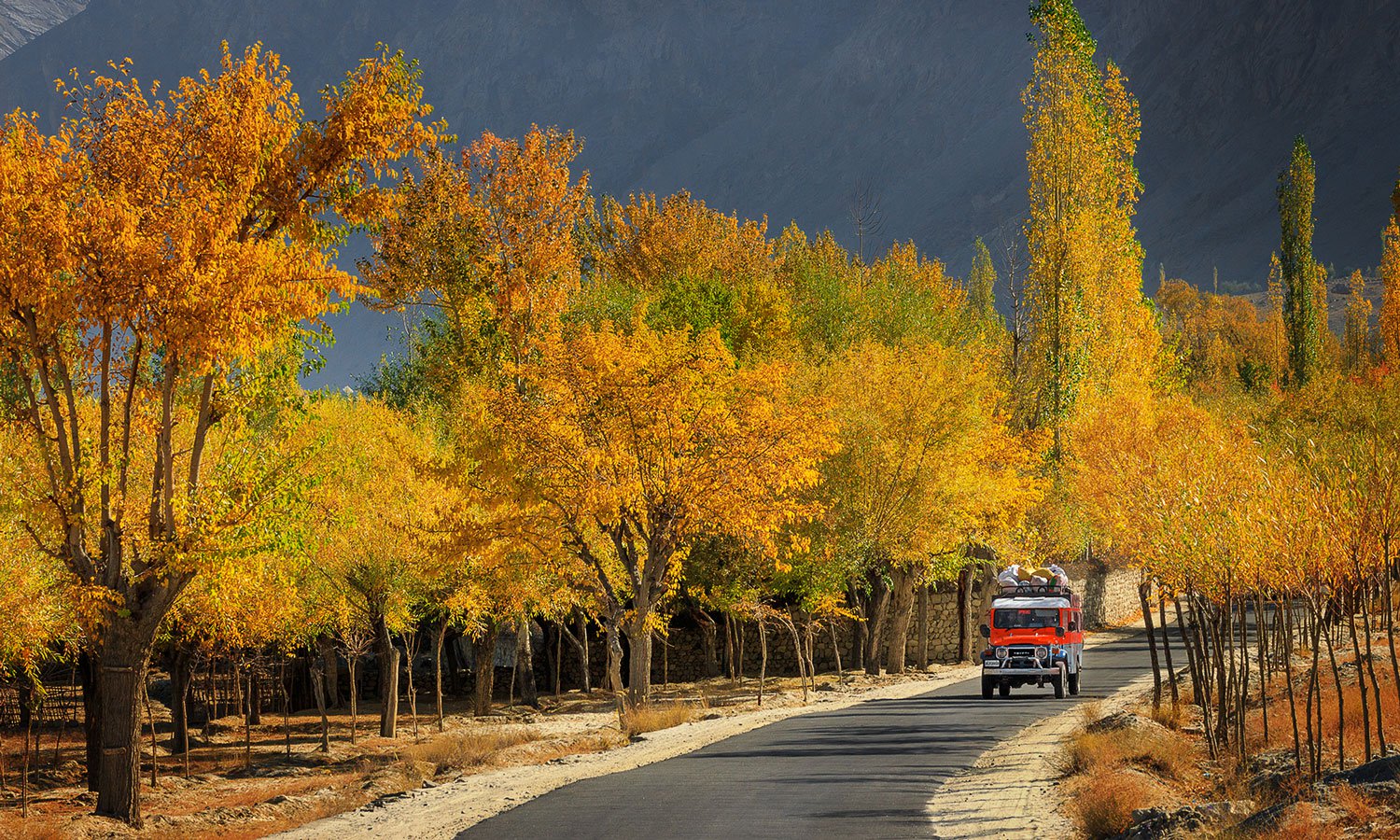
Autumn colour in Pakistan
IMPORTANT NOTICE
This is meant to be a "free and easy" budget trip. Participants should be relatively fit, with a good sense of humour, and above all, have the right attitude for close travel with others through possibly some trying times. Most definitely, this is not a trip for prudes, whiners, fuss-pots, and other similiarly assorted types! Although every effort will be made to stick to the given itinerary, ground conditions may change and case some disruption and/or deviation from the norm. Otherwise, have fun!
Pakistan has much to offer to traveler as evidenced by the comments and observations by our past travelers. The Hunza Valley lays claim to the famed "Shangri-La" with its lofty white peaks and beautiful green valleys. Besides the many wonderful villages visited, we also go up to the Pakistan Chinese border at the top of the famous Karakoram Highway, the highest navigable road in the world. After experience nature at its best, we move back to Lahore, once the capital of the Mogul empire before it was moved to Delhi India. It is still the cultural centre of Pakistan with the Lahore Fort and an adjoining old market area.
The most exciting season in the Hunza Pakistan is the autumn, at the end of the summer season in September the orchards start changing color like a bride Groom with colorful dress of her wedding day, these fantastic changes brings a glorious Trans fusion into human body, which gives happiness and pleasure. In October it offers a picture seek view among the high mountain peaks of 7000 to 7800m, and above from the snow line to the water channel lies the colorful rocks which has a sharp ridges Nallahs Maize millet vegetables sunflower, waterfalls, lakes, Duck shooting possibility, enjoy the landscape with the Natural beauty the God Given Gift to human creatures. The areas are abounding in colorful flowers along with gushing streams, roaring waterfalls, particularly in Hunza. One can find pink, white, red, yellow, blue flowers, dancing, everywhere in the northern areas during autumn season. Autumn in Northern Areas of Pakistan is something to behold. This is the time of year when the trees of poplar, apricot, mulberry, peach, apple and plum burst forth into a riot of color with hues of orange, rust and red. The clear and bracing weather offers the best view of the surrounding mountains
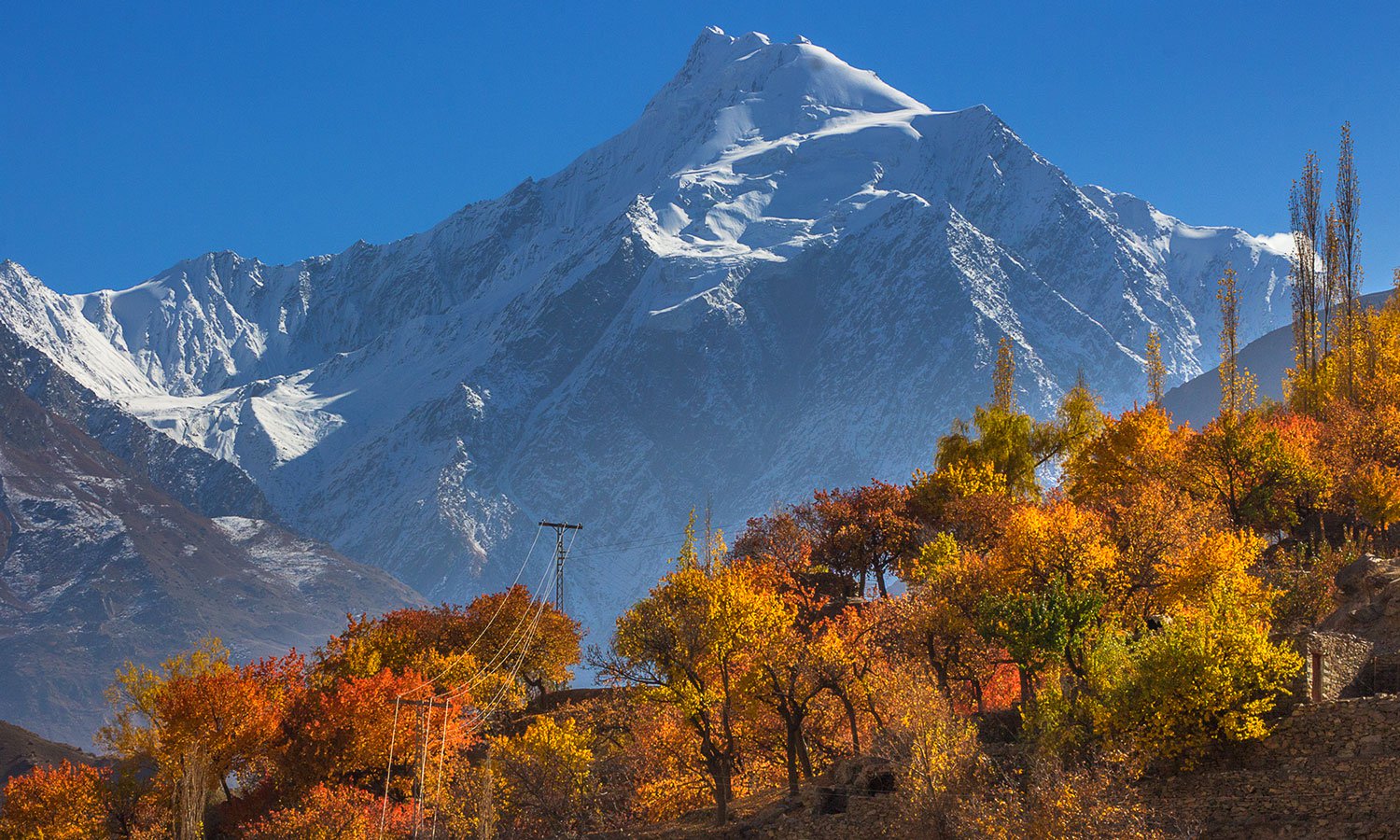
Day 1 Islamabad: Meet in KLIA for TG416 KUL to Bangkok 1320/1430hr to connect to TG349 Bangkok to Islamabad 1900/2210hr. Overnight (ON) Islamabad.
Day 2 Islamabad-Chilas: After breakfast drive to Chilas 475km on Karakorum Highway 11-12 hours. O/N Chilas
Karakoram Highway- is the highest smooth international road in the world. This highway is iconic thing in Pakistan and also in word. It’s a 1300 KM long road, which connects the Pakistan and China. It’s also mentioned to as the 8 Wonders of the world, the Wonder Highway is connecting the China’s region name Xinjiang with Pakistan region name Gilgit-Baltistan
It starts from the Pakistan’s city Hasanabdal which is located in Punjab region Pakistan, and it goes through the huge mountain along way and its ends in Kashgar the city of region Xinjiang, China. In Pakistan Karakoram Highway (KKH) also known as N35
The Karakoram Highway is also called the KKH and it’s also called the Friendship highway, this road on the top of the huge mountain is a big attraction to tourist, it’s famous in all over the world that’s why from all over the world people (tourist) came here to enjoy this adventurous road trip above the clouds.
The great highway was starting to build in 1959, cross through the huge mountains of Karakoram; this 1300 km long road is made by Pakistan’s and China’s government by mutual funds. The world’s most huge mountains series are there in this way Pakistan to china. The Series are HAMALIYA, KARAKORAM AND KO-HINDUKASH.
Another interesting thing is that on that Wonder super highway the huge mountain which is also very famous NANGA PARBAT and RAKAPOSHI can be seen from the Karakoram Highway. NANGA PERBAT is the most dangerous mountain in this world its dangerous more the K-2 Mountain which is located in Pakistan.
Day 3 Chilas - Karimabad : Today we drive from Chilas 220km, 5-6 hrs, en route stop at various view point for photography including the famous junction point of three great mountain rages meets and Rakaposhi view point, upon arrival at Karimabad, transfer to hotel, evening walk around Karimabad bazaar to be more close with local people. You will see men and women working in the fields during your evening channel walk. ON Karimabad
The Hunza Valley is a mountainous valley, situated north/west of the Hunza River, at an elevation of around 2,500 m. The territory of Hunza is about 7,900 square km (3,100sq mi). Aliabad is the main town, while Baltit and Altit are popular tourist destination because of the spectacular scenery of the surrounding mountains.
The people are cheerful, friendly, fair-skinned and blue or green eyes. Almost all speak Burushaski and in upper Hunza they speak Wakhi. The miracle of the Hunzakuts longevity, supposedly resulting from their mostly vegetarian diet of cereals and fruits from Hunza valley, Panoramic views of Rakaposhi 7788m, Diran Peak 7266m, Spantik Peak 7027m, Ultar 7388 Lady Finger 6000m.
Day 4 Hopper/ Altit/ Baltits Fort : Morning drive to Hopper valley 3hrs, visit Barpu and Bualtar glaciers and view of Miar and Sumayar glaciers, after visit Altit and Baltit forts and villages. O/N Duiker.
Hopper Valley is a cluster of villages around a natural bowl at a bend of Bualtar Glacier. Opposite Hopper the white Bualtar is joined by the Barpu Glacier. This is a base camp for treks into the high, glacier-draped peaks called the Hisper Muztagh. Whole population of this valley is Burushaski speakers. Burushaski has always been a mystery for linguists. This valley has many natural resources and natural beauty but ignorance by the government and local politicians contributes to it not being realized for its potential.Baltit fort: One of the high valleys between China and Indian subcontinent. Facing Rakaposhi Peak, one of the highest mountain peaks in the world, Baltit Fort is poised majestically above Karimabad, the present-day capital of Hunza (Baltit was the capital of the old state of Hunza and is now included in the Karimabad settlement area).
Located on the rocky upper level of the Hunza hill and surrounded by Ultar Bar to the east, the Hyderabad Har to the west, Mount Ultar and its subsidiary range to the north, the Fort offers breathtaking views of the magnificent high mountains as well as a bird’s eye view of the villages in the valley. Baltit Fort has great historical, cultural and symbolic value to the local community. Historically, it was the seat of the Mirs of Hunza, a family that ruled the region for centuries. Culturally, with some buildings dating back to 12th century, it is a record of the architectural evolution of the area. The main building is an impressive stone structure with intricately detailed timber features. Its architecture is a significant example of Pakistan’s diverse heritage, reflecting distinct Tibetan influence as seen by the presence of a Tibetan ‘sky-light’ in the roof.
Altit Fort: It has been built on a sheer rock-cliff that falls 300 meters (1000 feet) into the Hunza River and is much older than the Baltit Fort. View of Altit fort, with the central town to the right and below the fort. The extreme gullies, sharp drop-off, and location high above the river made this settlement highly defensible and an older settlement than many in the central valley.
The majestic historical Altit fort is center of attraction due to its architectural design and strategic location. Altit is the birth place of the Hunza Kingdom and Altit fort is the first fort of the region. The fort has been constructed in six different stages by using various natural levels of the rock. The construction has been made right-on the edge of a sheer rock cliff that
drops 1000 feet straight down to the Hunza River.
In the beginning it was built as a palace, soon after the addition of the watch tower a defensive architectural element it transformed to a fort. There is great possibility that different stages of the fort have been constructed during different times because the actual age of the fort is said to be more than 800 years. This fort is said to be around 50-100 years older than Baltit Fort.
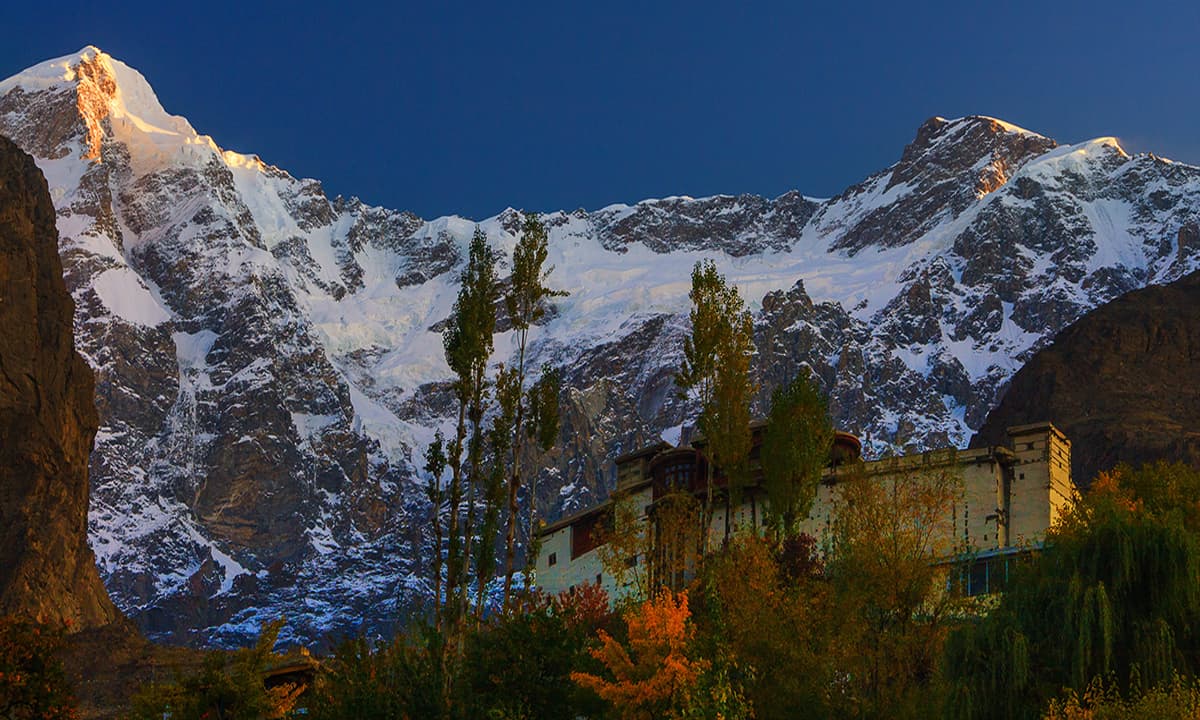
Day 5 Duiker/Holy Shrines Drive to Duiker valley 30 minutes arrive and transfer to hotel. After refreshment walk through the village to Holy shrines for 2-3 hrs, today you will have opportunely to visit many local women and men working in the fields. O/N Duiker
Duiker valley is a charming hamlet above the village of Altit which is situated next to Baltit, one of the main attractions of Duiker is the viewpoint (2900 m). Here you have the best views during sunrise and sunset. Starting from Duiker it is a 1 ½ hour’s climb up to Hosht (3600 m). From the Hosht viewpoint you have great views of Ultar Mountains and Hopper glacier. The Hunza panorama is wider and dearer here.
The Ultar glacier trek can be done as long day trek or one can camp for a night at Ultar meadow. It is a pleasant hour stroll to the Hazrat Abbas shrine near Shabbat village. From here there are spectacular views down to Karakorum Highway and awesome views of Golden peak, Rakaposhi, Ultar and Lady's Finger Diran Peak 7200m, Gooden Peak 7027m, and Dastagil SAR
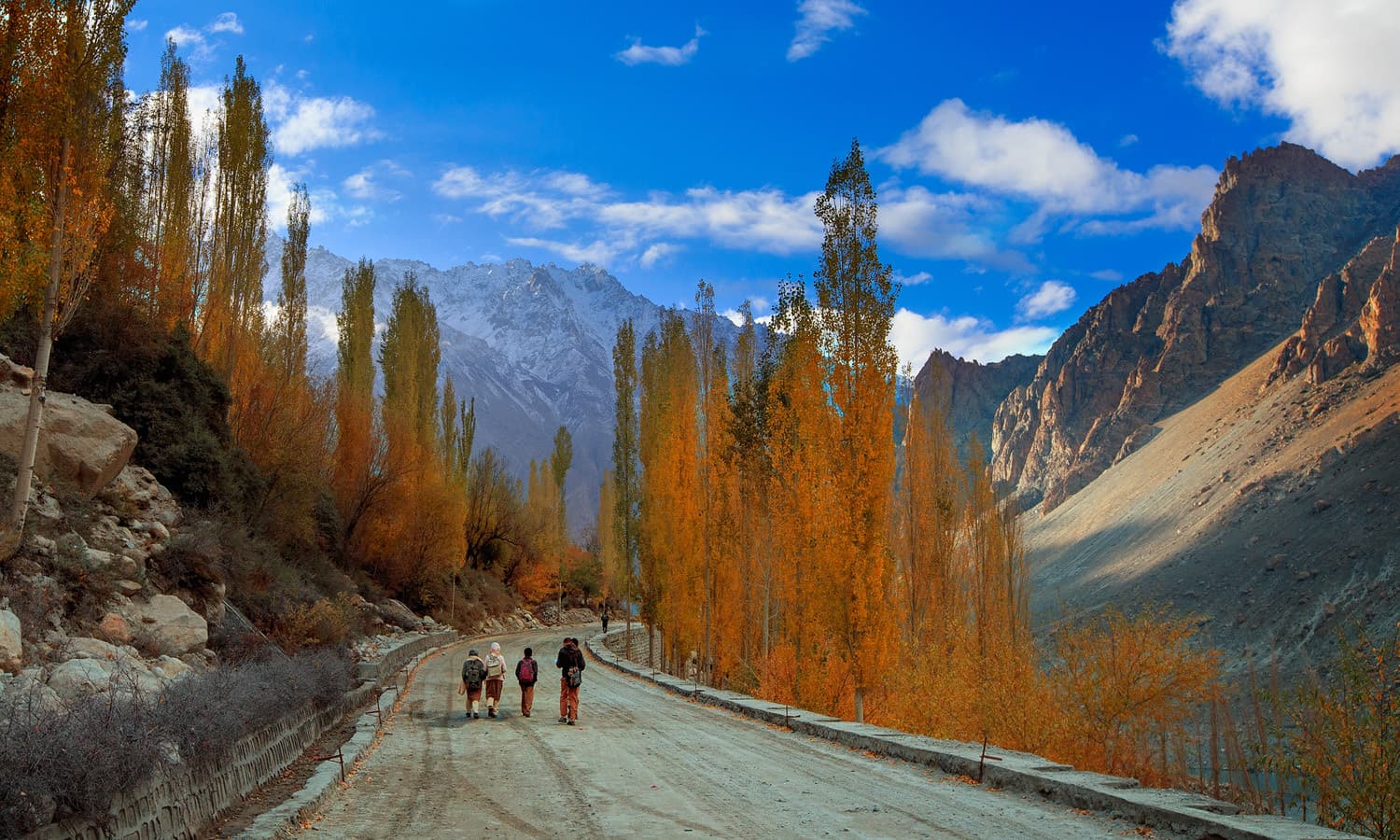
Day 6 Karimabab/Gulmit : Drive to Passu 1hr, en-route visit Attaabad Lake, arrive and transfer to hotel, after refreshment visit Borith Lake, Gulking village, Gulmit village, Passu Glacier, Passu village, Hussani village and Hussani suspension bridge. O/N Passu
Gulmit used to be the second capital of Hunza kingdom in 960 years. It is one of the most important and center place of the Wakhi inhabitants, which is called Gojal or Upper Hunza. High mountains of 5500m to 7785m, with a unique color of surround Gulmit Brown, green and white, this unique cultural place lies on the Right Bank of Hunza River.
Borith Lake, a large brackish lake that attracts a number of migratory birds in February, June, September and November, from Ghulkin a footpath crosses the grey Ghulkin glacier to Borith Lake, two hours away. It’s a tricky 1.25km across the glacier. Over the years the lake has grown swampy and brackish. Ghulkin villagers have organized themselves to keep hunters from threatening migratory waterfowl, mainly tufted.
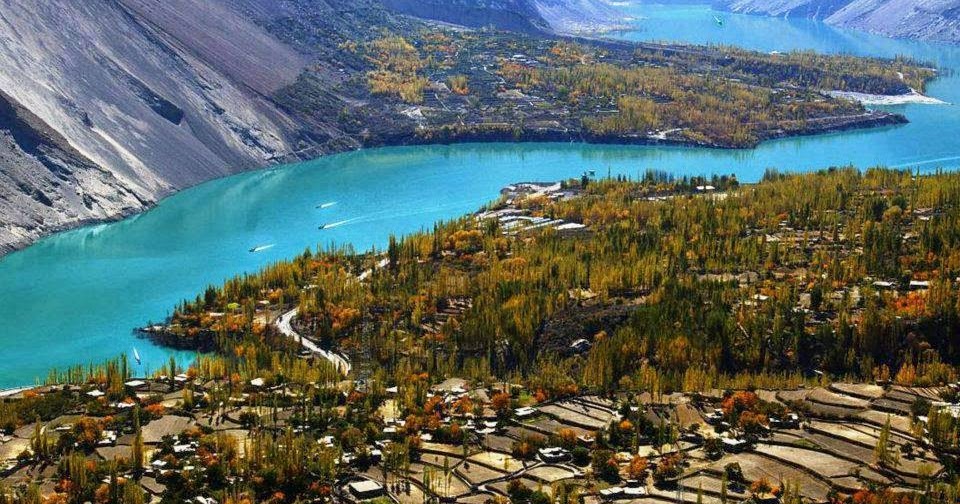
Borith Lake/ Attaabad Lake
Day 7 Excursion to Khunjerab Pass -Karimabad: Full day excursion to Khunjerab Pass 4,733m, en route cross serval small villages, evening drive back to Karimabad for overnight.
Khunjerab Pass elevation (4,733m) is a high mountain pass in the Karakoram Mountains in a strategic position on the northern border of Pakistan's Gilgit-Baltistan region and on the southwest border of the Xinjiang region of China. Its name is derived from Wakhi 'Khun' means Home and 'Jerav' means spring water/water falling. The Khunjerab Pass is the highest paved international border crossing in the world and the highest point on the Karakoram Highway. The road way across the pass was completed in 1982, and has superseded the unpaved Mintaka and Kilik Passes as the primary passage across the Karakoram.
Near the top of KKH / Pakistan China Border Stone Marker
Day 8 Karimabad-Gupis: Drive to Gupis (210km) 5-6 hrs, en route stop at various view point for photography. (Ghizar District), (6-7 hrs) arrive and transfer to hotel. O/N Gupis.
Ghizar District is northernmost part of the Northern Areas of Pakistan. Its capital is Gakuch. Ghizer is also a contact point between Gilgit District and Chitral District (which are connected via Shandur Pass). Ghizer is a multi-ethnic district and three major languages are spoken. Khowar, Shina and Burushaski are spoken in Ghizer. There are also a few Wakhi speakers in Ishkoman.
This is the land of adventure because it offers a lot of avenues for adventure and fun like: trekking, jeep safari, trophy hunting, water rafting, wind surfing and sightseeing. A large number of tourists come to the District Ghizer each year because all four major valleys are beautiful and easily accessible areas for visitors.
Ghizer has spectacular scenic beauty. The peak tourist season from May to mid-October though the tourist season is round the year. The maximum temperature in May is 320C and minimum 160C in September.
Ghizer is the gateway to Central Asia. District Ghizer is the short way to Tajikistan through BoroghulPamair pass and South West Ghizer meets to Chitral in NFWP. Ghizer District is northernmost part of the Northern Areas of Pakistan. Its capital is Gakuch. Ghizer is also a contact point between Gilgit and Chitral (which are connected via Shandur Pass). Ghizer is a multi-ethnic district and three major languages are spoken. Khowar, Shina and Burushaski are spoken in Ghizer. There are also Wakhi speakers in Ishkoman.
Day 9 Excursion to Phander Valley : Full day excursion to Phander valley, afternoon drive back to Gupis for overnight.
a marvelous view that makes one adore the nature in its most original form. In short Phander Lake is full of all the colors. The total area of lake is about 3 Km.
The local people of Phander valley are by nature very generous, simple and welcoming. The language spoken by the villagers is Khowar. In Phander Khass, Gulagmauli and Hundarap valleys are also present and are known to be the widest valley of North. Also Phander valley is very much famous for trout fishing along the Gilgit River.
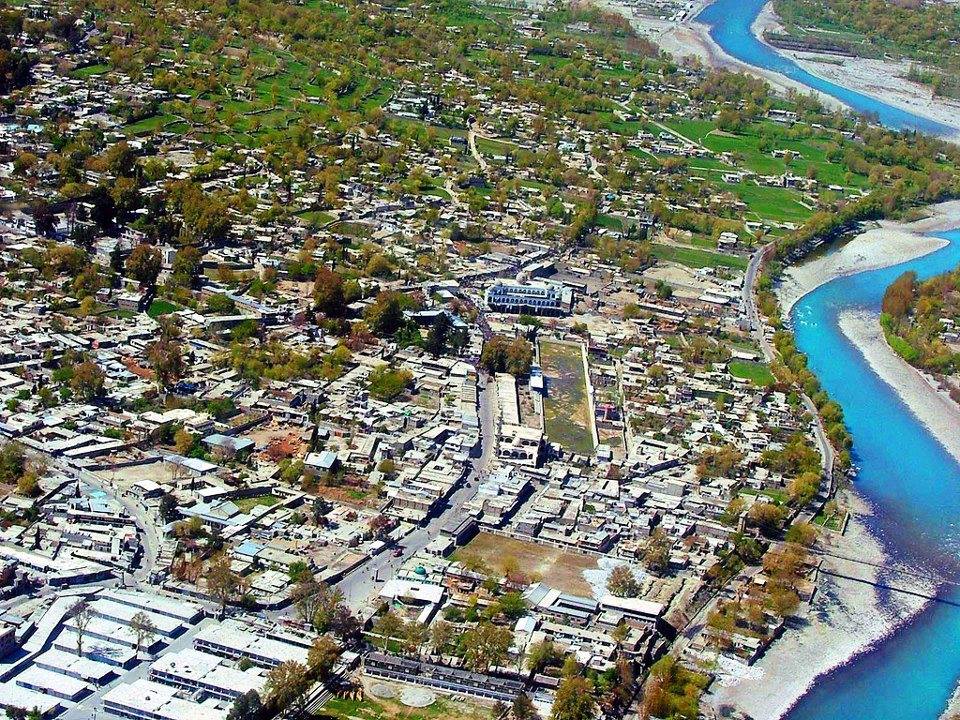
Gilgit River
Day 10 Gupis-Chilas : Drive to Chilas (245KM), 5-6 hrs. stop in Gilgit for Lunch, Arrive and transfer to hotel
Chilas is a small town located in the Gilgit-Baltistan, Pakistan on the left side of river Indus. It is part of the Silk Road connected by the Karakoram Highway which links it to Islamabad in the south. O/N Chilas
Day 11 Chilas - Islamabad : Drive to Islamabad 461km 12-13 hrs. Arrive Islamabad in the evening and transfer to hotel. O/N Islamabad
Day 12 Full Day Excursion to Taxila : Taxila: Most of the archaeological sites of Taxila (600 BC to 500 AD) are located around Taxila museum. For over one thousand-year Taxila remained famous as a center of learning Gandhara art of sculpture, architecture, education and Buddhism in the days of Buddhist glory. There are over 50 archaeological sites scattered in a radius of 30 km around Taxila. In Taxila visit archaeological sites of Jaulian, MohraMoradu and Sirkap. Later visit.
Taxila museum: A museum comprising various sections with rich archaeological finds of Taxila. It is one of the best and well-maintained site museums of Pakistan.
Taxila is one of the most important archeological sites in the world. It is a city that is very well known for having strong ties and being the centre of Buddhism in the country. Many statues of Buddha depicting the various stages of his life have been excavated and are currently present both at the Taxila museum as well as various stupas in the city however the best of these statues have been taken abroad and are displayed in museums there. O/N Islamabad.
Day 13 CSS of Islamabad - Fly Home : Full day city tour of Islamabad and Rawalpindi, which includes famous Faisal Mosque, Shakar Parian, Pakistan monument, DamenKoh, Lok Versa, Museum, after dinner transfer to Islamabad airport for return flight TG350 @ 2320 to Bangkok arriving next day 0625. O/N Plane
Islamabad is the capital of Pakistan and the ninth largest city in the country. Located within the Islamabad Capital Territory (ICT), the population of the city has grown from 100,000 in 1951 to 1.43 million as of 2017. The greater Islamabad-Rawalpindi Metropolitan Area is the third largest conurbation in Pakistan with a population of over 3.13 million inhabitants.
Islamabad is a modern city located in the Pothohar Plateau in the northeastern part of the country, within the Islamabad Capital Territory. The region has historically been a part of the crossroads of Punjab and Khyber Pakhtunkhwa with Margalla pass acting as the gateway between the two regions. The city was built during the 1960s to replace Karachi as Pakistan’s capital. Islamabad is a well-organized international city divided into several different sectors and zones. It is regarded as the most developed city in Pakistan and is ranked as a Gamma- world city. The city is home to Faisal Mosque, the largest mosque in South Asia and the fourth largest mosque in the world
Day 14 Home : Reached Bangkok @ 0625. Connect flight TG415 @ 0905 back to Kuala Lumpur. Reached home 1215 (29 Oct 2020)
TERMS AND CONDITIONS